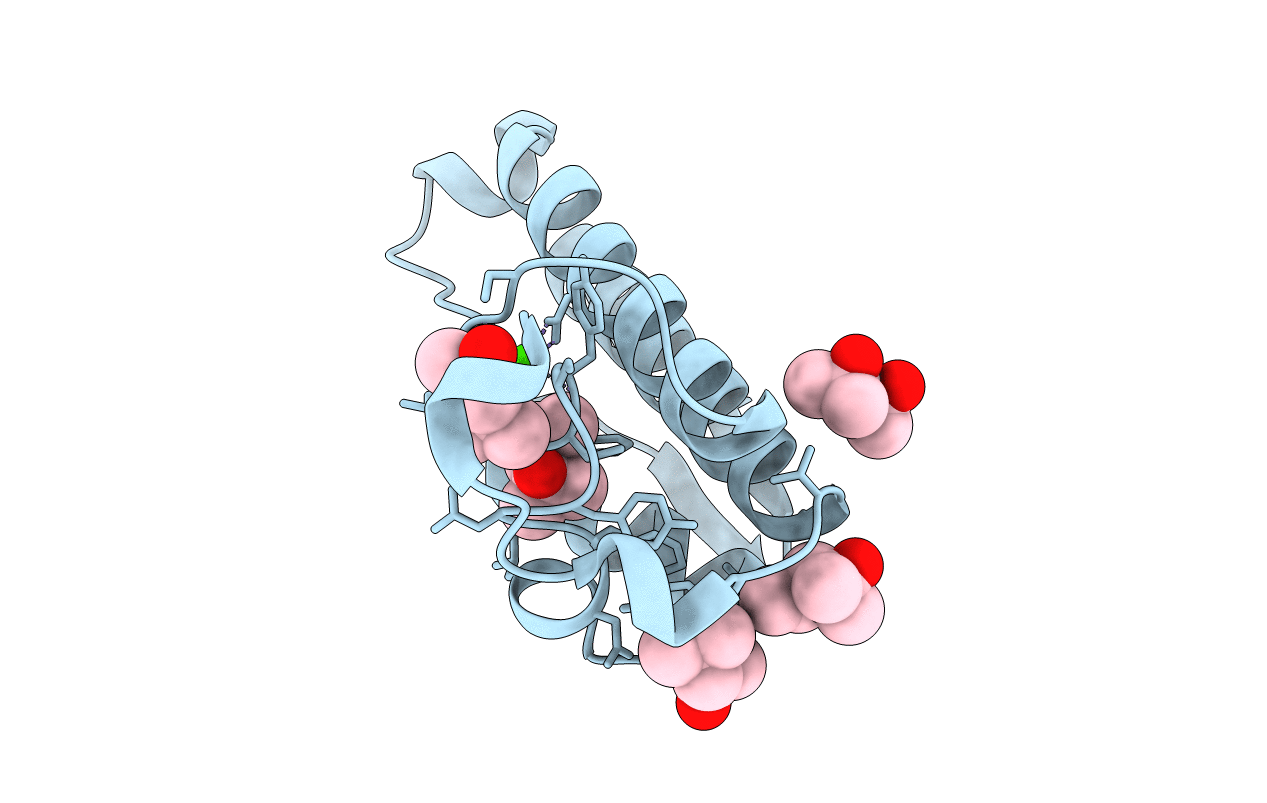
Deposition Date
2005-10-19
Release Date
2006-07-04
Last Version Date
2024-11-20
Entry Detail
PDB ID:
2BCH
Keywords:
Title:
A possible of Second calcium ion in interfacial binding: Atomic and Medium resolution crystal structures of the quadruple mutant of phospholipase A2
Biological Source:
Source Organism:
Bos taurus (Taxon ID: 9913)
Host Organism:
Method Details:
Experimental Method:
Resolution:
1.10 Å
R-Value Free:
0.13
R-Value Work:
0.10
R-Value Observed:
0.10
Space Group:
P 31 2 1


